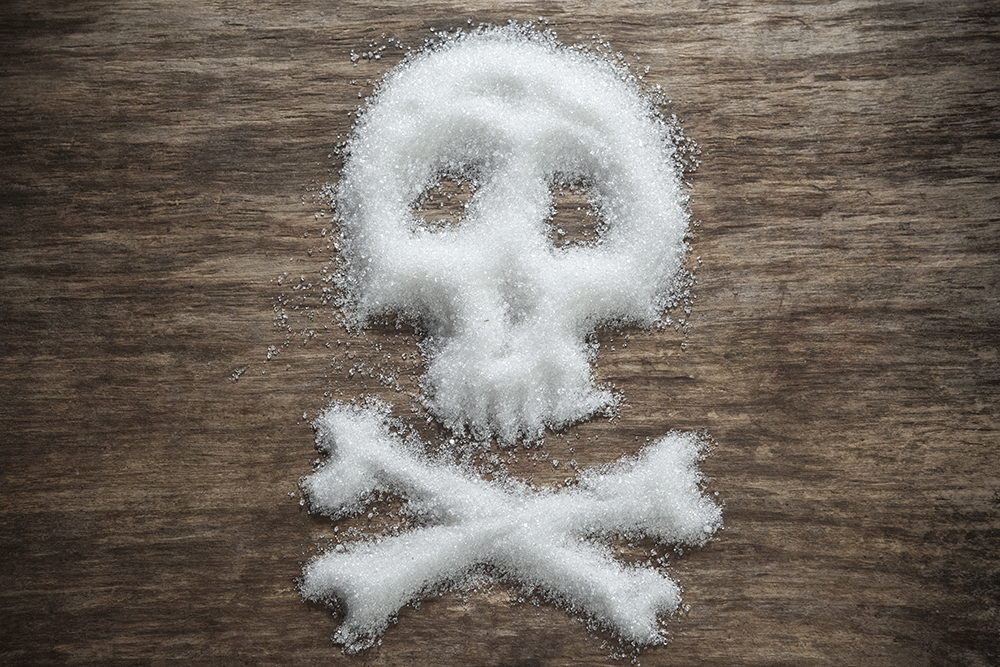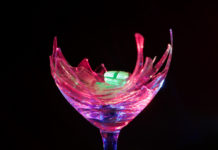Brazil – where the sugar consumption per capita/day is 152 grams.
“The amount of sugar present in our daily meals is triggering several negative repercussions in our lives,” said Rachel Faria, a Rio de Janeiro-based orthomolecular nutritionist. “From weight gain to diabetes and even skin problems, caused by glycation – which is an imbalance caused by sugar that impairs the functioning of biomolecules.”
Sugar has long been linked to obesity and type 2 diabetes, but glycation is responsible for many diabetic skin problems, such as damage in the connective-tissue and chronic inflammation – leading to even more serious conditions like cataracts and Alzheimer’s.
Our diets are also giving us wrinkles, and glycation is one of the reasons. Advanced glycation end products (AGEs) are a group of compounds created when sugar reacts with amino acids. The process is one of the major molecular mechanisms that damage our bodies.
Sugar is also a significant contributor to heart disease. A 2013 study titled Sweetened Beverage Consumption, Incident Coronary Heart Disease, and Biomarkers of Risk in Men linked sugar-sweetened, but not artificially sweetened, beverages with a substantial increase in coronary heart disease. It also connected sugar-sweetened beverages with adverse blood changes.
The World Health Organization (WHO) recently advised people to reduce their daily intake of free sugars to less than 10 percent of their total energy intake. The WHO stated that if people can keep their sugar intake below 5 percent, they would have additional health benefits, like reduced dental cavities.
One of the main reasons sugar is so addictive, according to Faria, is because of fungus that enters the body when sugar is consumed. “The more sugar we eat, the more active the fungus becomes and we’ll continually need to feed the fungus,” she said.
The human brain is built to crave sweet flavors.
Chemically speaking, addiction happens because dopamine levels rise when sugar is consumed, which is similar to what happens when drugs, like cocaine, are taken.
“When people eat sugar and carbohydrates, we see with functional MRIs that the pleasure center gets activated,” said Dr. Zhaoping Li, MD, PhD, and Chief of the Division of Clinical Nutrition at UCLA. “From a social and a psychological point of view, we also know that sugar is very comforting. When the pleasure center lights up, that’s comforting and in some degree equivalent to a low dose of antidepressant.”
The exact opposite happens if we eat a salad since most vegetables don’t trigger a big dopamine response.
Consuming sweet foods or beverages trigger taste buds, which send messages to the brain that we found a quick and safe energy source. In contrast, sour flavors are interpreted by the brain as spoiled foods, while bitter flavors signal poisonous food. Essentially, the brain interprets sugar as a reward and craves more.
Ubiquity and addiction
Sugar is everywhere these days. Unfortunately, internal receptors haven’t adapted to say no to sugary foods and beverages. Taste receptors in humans and rats evolved in settings where sugar was sparse, and these receptors never changed to adapt to the world we live in today.
Evolution is an easy scapegoat, but the real obstacle is… (continue reading)
















